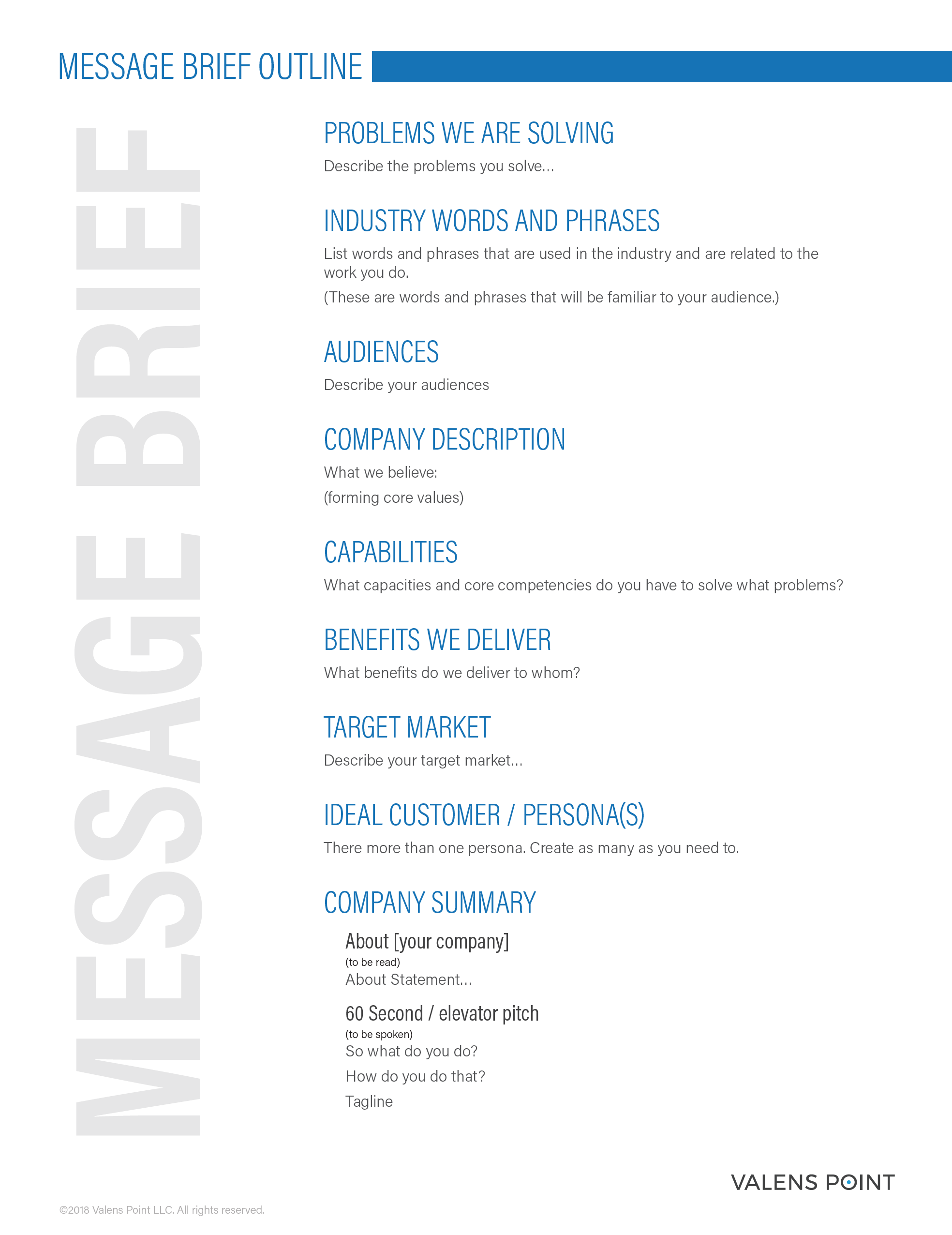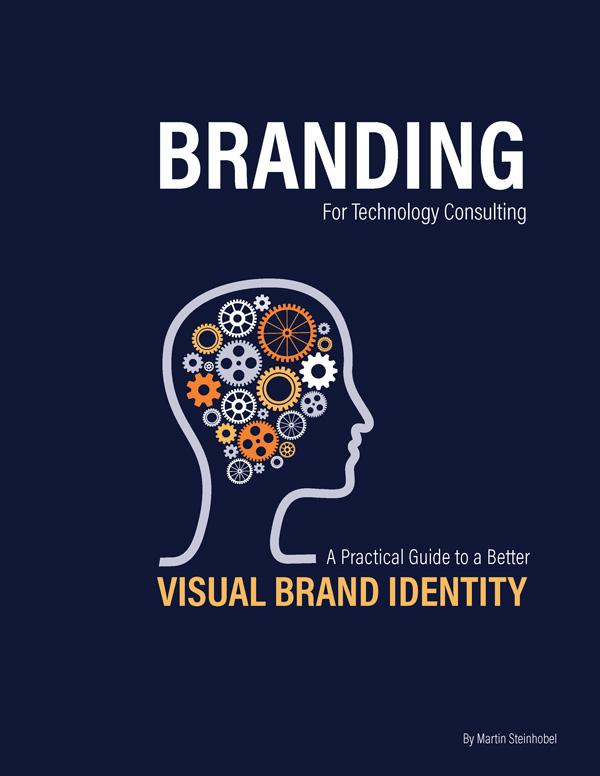The Guide to Developing Your Brand Identity
Savvy entrepreneurs use design to gain competitive advantage — you can too.
What you’ll learn from this guide:
What branding means for tech consulting
How to craft a clear, effective message
Why you need a solid brand identity
How to roll out your new identity effectively
Sections
01 – Understanding Brand Identity
02 – Developing a Clear Message
03 – Crafting Your Brand Identity
01 Understanding Brand Identity
What do we mean by “brand identity”?
Brands are important to companies because they make it easy for companies to sell more. The true value of your brand will be determined by the number of people who perceive your brand to be relevant.
“Brand: A person’s perception of a product, service, experience, or organisation; the art and science of brand building” — Marty Neumeier
Your potential customers, employees, partners and vendors are going to make judgments about you very quickly. Often, these judgments are made before even one word of text is read — so having an engaging visual brand identity can mean the difference between getting attention, or not.
what you look like
matters
So What is a Brand Wayway?

Your visual brand identity is a tool to be used to communicate who you are and attract attention.
So What Should You Do?
Your job is to behave in ways that will produce favorable perceptions and clothe yourself in a visual brand identity that helps you do that.
Understand the principles at work — and apply these to your situation.
This way you will be able to plan ahead, find the right designer or agency, know what steps to take and what to expect. A little common sense will go a long way.
Brands, like reputations, live in people’s minds. Ultimately, the value of your brand will be determined by the volume of people who perceive your brand to be relevant.
These perceptions are in large part, developed by getting to know your business — getting to know what you do (who you really are) and by what you look like (your visual brand identity).
If you plan on growing your brand (growing the number of people who perceive your business to be relevant), you will need to spend some time crafting your message (what you tell people about who you are) and ensuring you look the part by honing your visual brand identity to best tell your story in a memorable and compelling way.
Think of it this way: your brand is about what people perceive; your brand is known for (identified by) what your business does and how it is portrayed (what it looks like).
So there are three elements to brand.
1. What people perceive
2. What you do
3. What you look like
Questions You Should Ask Yourself:
Do your current visual elements do a good job of representing your company, and do they support your message?
Is what your brand stands for clear?
Are you proud of what your visual branding looks like?
02 A Clear & Concise Message
Let’s talk about what you’re saying.
Understanding your audience is critical in developing a clear and hard-hitting message. This is non-trivial, so it helps to keep things as simple as you can.
The goal here is to understand who you want to know and what you want them to know about you.
Understanding your audiences is critical in developing a clear and hard-hitting message. This is non-trivial, so it helps to keep things as simple as you can.
The goal here is to understand who you want to know and what you want them to know about you.
Rethink How You Describe Your Business
Start by rethinking how you describe your business. Research your target market and take the time to talk to some of your best customers. Find out how they perceive you and why, then learn what problems they look to you to solve. Bonus: take time to look at how your competition describes themselves.
Develop a list of what you provide for your customers based on the research you just completed. Next, articulate your capabilities and spend time clearly defining your remarkable difference: the things that set you apart from everyone else. Based on what you learn, write an About [your company] statement for use on brochures and other marketing materials.
Write a 60 second elevator pitch (keep it short and to the point). Articulate what you do and explain why what you do is valuable and different.
Developing your message will take time — as it should. You’re forming the foundation of your new identity, so don’t be afraid to put some real thought into it.
the key success factor?
A Clear message
Message Brief Outline
Download our free message brief outline as a starting point for collecting and developing your message.
03 Crafting Your Brand Identity
It’s not as daunting as you’d think!
Working with creatives can be rather challenging, especially if you are more technically minded. Getting an understanding of how design projects generally operate will help you add more value to the process and produce much better results.
It all starts with a design brief — this will lay out what needs to get delivered, and provide background and context for the development of the brand identity assets by the designer(s).
Design projects, by their nature, are less structured than you may be used to. The creative aspect of ideation, and the various processes your creative team may go through in developing concepts and refining these concepts into workable options, is non-trivial.
How the world sees
Your Brand
That said, your participation in the process and your feedback is critical. Just try to swim in your lane and let your designers swim in theirs. After all, you are paying them to do this work.
- Design Brief Review and finalization
- Design Research
- Concept Development
- Concept Refinement
- Concept Review and Selection
- Design Finalization
- Final Delivery
Branding for Technology Consulting
The perfect introduction to branding specifically
for tech consulting businesses like yours.
Need More Info?
Valens Point's Program
Want to get started? Check out our Branding Program
About Valens Point
We help early-stage tech companies accelerate growth by building brand credibility, establishing repeatable lead generation, and supporting sales and partner teams. The result — effective marketing up and running in a fraction of the time it would take to recruit, hire, and train an internal marketing team.





